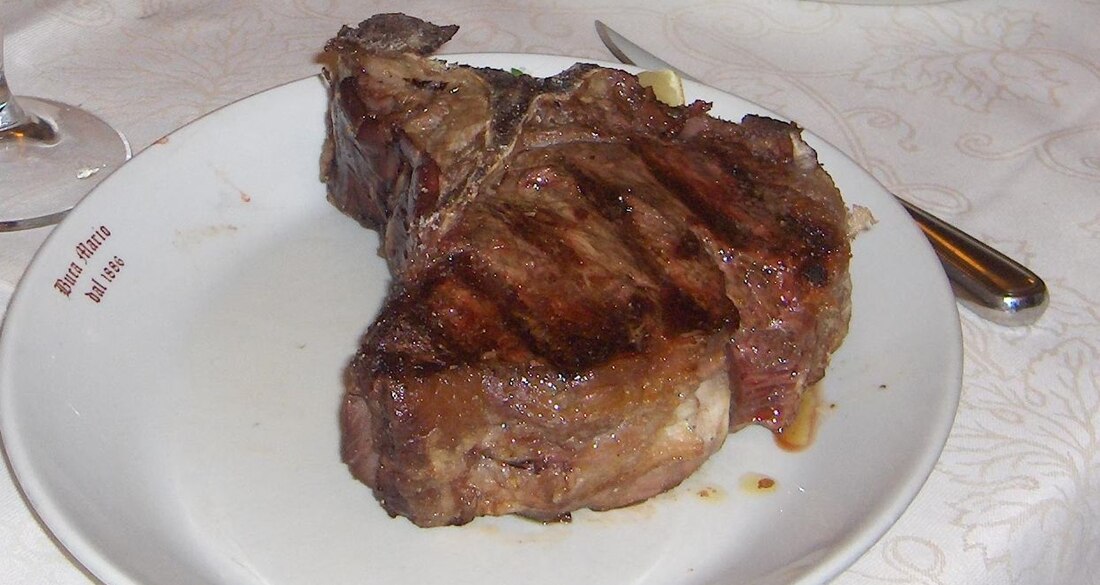Top Qs
Timeline
Chat
Perspective
À la carte
Ordering individual dishes from a menu From Wikipedia, the free encyclopedia
Remove ads
In restaurants, à la carte (/ɑːləˈkɑːrt/; French: [a la kaʁt]; lit. 'at the card')[1] is the practice of ordering individual dishes from a menu in a restaurant, as opposed to table d'hôte, where a set menu is offered.[2] It is an early 19th century loan from French meaning "according to the menu".[3][4]

The individual dishes to be ordered may include side dishes, or the side dishes may be offered separately, in which case, they are also considered à la carte.
Remove ads
History
The earliest examples of à la carte are from 1816 for the adjectival use ("à la carte meal", for example) and from 1821 for the adverbial use ("meals were served à la carte").[3] These pre-date the use of the word menu, which came into English in the 1830s.[5][6][3]
See also
- Omakase, Japanese expression for letting the chef decide
- Table d'hôte, the opposite of à la carte
- Buffet
- List of French words and phrases used by English speakers
- Pro rata, a method of billing or other calculation based on proportional usage
 Business and economics portal
Business and economics portal Food portal
Food portal
References
Bibliography
External links
Wikiwand - on
Seamless Wikipedia browsing. On steroids.
Remove ads
